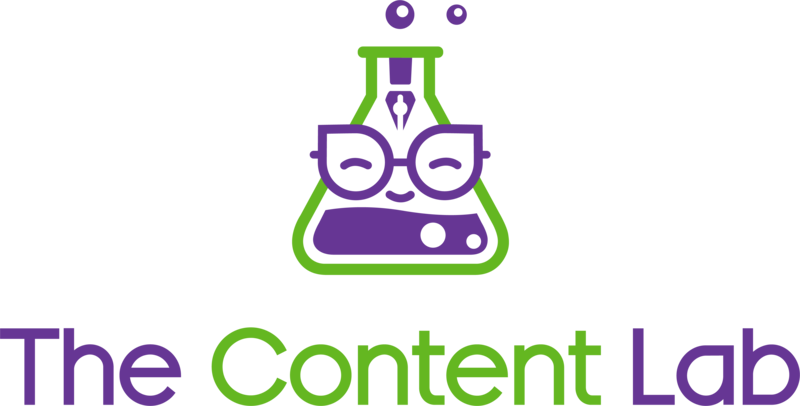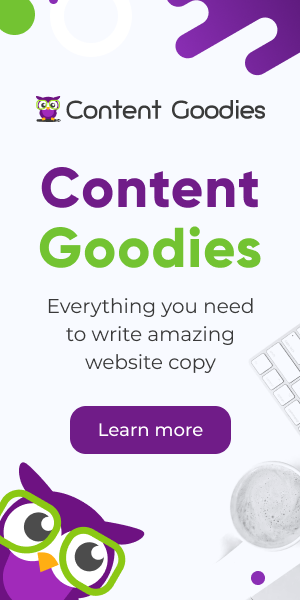Catfishing: it’s a tale as old as time. Well, since the digital age anyway. Maybe you’ve encountered catfishing in the online dating world (I’m so sorry.). Or perhaps when eyeing up a pair of suspiciously cheap Ray-Bans on an Instagram ad that screams FLASH SALE at you – until you hit purchase in a frenzy of panic and desire.
These days, internet users are (thankfully) becoming better at recognising when things seem a little fishy online. And with that heightened sense, they’re also becoming more skeptical and selective with who and what they will trust.
So, it’s increasingly important to prove your trustworthiness online if you want more customers taking action with you.
Given the current climate of fake news and inflammatory media, it certainly can be challenging to gain consumer trust. But don’t worry, if you’re yet to build an online customer base, there is still hope, as we’ve got many tools for you to pave your own way.
So, how do you establish customer trust online and avoid potential customers writing you off as just another troll hiding behind a catfish façade?
Work with what you’ve got.
Though you may feel overwhelmed by competitors and oversaturated markets, the good news is that you don’t need a long list of globally-recognised clients and millions of sales to validate yourself.
It’s not necessarily what you’ve got, but rather how you use and showcase what you’ve got that’s important in gaining consumer trust and, therefore, generating sales.

Now show them what you’ve got!
A powerful and captivating landing page is key to any successful online business. You’ve got to hook your audience in immediately, show them how you can be of benefit, and establish your brand identity – while appearing sincere and relatable, yet sexy, all at once.
That’s a lot, isn’t it? Especially when people don’t yet know who you are.
How do you achieve all of this without looking like you’re applying the proverbial FaceTune filter to your online presence or resorting to a tumbleweed GIF under the reviews section?
Let’s explore how you can maximise the impact of what you’ve already got and incorporate it into your landing page, so that your audience can get a real feel for who you are as a brand.
1. Testimonials
Testimonials are a great way to encourage social trust by adding a human element to your website. They help to reassure your audience that it is a bot-free zone; that fellow humans have not only visited and interacted with your page but have also availed of and benefited from your services.
Testimonials can boost sales by 62%. To get the most out of your testimonials, it’s crucial that you are using them in the most effective way.
3-step formula: To ensure success, follow the formula of “Before, After, and What They’d Tell Someone”. This formula demonstrates the customer’s experience with your product or service right from the initial problem they faced (which caused them to buy your product or service) to how that purchase alleviates their pain, followed by their overall opinion.
Make it official: If possible, use your real customer’s name. Even better if they’re willing to put their face to it! The lack of anonymity adds an extra layer of credibility to your brand.
2. Figures and Data
It’s easy to get bogged down in the numbers and compare yours to those of more established companies in your field. But once again, we’ve got some ways for you to use the information that you already have, no matter how small, to help legitimise and humanise your business.
Even if you think the figures you’ve recorded are too small to be worth mentioning, don’t disregard them as useless information! There are ways to use your data to your advantage by making engaging content for your landing page.
Odd numbers: Uneven numbers are proven to be more believable and engaging than round numbers. So if you have an odd amount of customers, you’re in luck!
Specificity sells: Being specific helps bring what you’re selling to reality. So whatever numerical or statistical info you may have, why not use it to the decimal?
Authentication: Even if your sales are minimal for now, proof of those happy customers can help authenticate your products and services.

3. Photos/Videos
A picture paints a thousand words, which is certainly true of online marketing and advertising. Of course, we advocate for professionally crafted copy to best communicate your brand identity and specific services to your target audience. But you can always elevate this copy with visuals.
Along with your elegant and engaging copy, the addition of photos and videos can really augment your products or services by creating a more tangible element for your potential customers to rely on.
Demonstrate quality: Professional photos of your products and services will show what you’re selling in the best possible light, proving that your product is of the highest quality.
Bring to life: Videos with people showing the functionality of how your product or service works can help potential customers envision themselves using it.

4. A Sense of Exclusivity
This is a slightly tricky yet highly effective tool once you use it correctly. You want to create a sense that your customer does not want to miss out on what you have to offer, while also not appearing arrogant, unrealistic, or just outright obnoxious.
Ideally, if you can prove to your audience that your existing clients are truly invested in you, this helps them to trust that your brand is legitimate and that they should invest in you too!
Here’s a few tips on how to go about suggesting exclusivity while also remaining relatable and credible.
Use simple language: Don’t alienate the reader by using unnecessarily big words or sentences.
Create urgency: Appeal to your audience’s emotions by creating a sense of urgency. Try things like “Offer Ends Tomorrow”, or “Only 4 Slots Remaining”.
Raise curiosity: Imply that you have information your audience does not have but needs. Telling an unfinished story to provoke their interest can help engage someone browsing and bring them one step closer to becoming a paying customer.
Encourage action: Use active language and a strong call to action to seal the deal.
What have we learned about online consumers and their trust issues?
It’s safe to say as we all become more internet-literate, we have started to browse and consume with a healthy dose of scepticism to avoid potential scams and pitfalls. But this can be a barrier for those trying to break into their market and access new clients online.
At the end of the day, we are all human, and if we can prove that to those visiting our websites, we may just gain their trust and perhaps even a new customer. As outlined above, there are several ways you can help build social trust when displaying the logos of your existing global clients, or flaunting that prestigious magazine feature isn’t yet an option.
These tips will help you secure the much-needed trust of online consumers to convert into paying, and hopefully loyal, customers. If you only remember one thing, let it be this: Always bring yourself into the centre of everything you create, right down to the fine details on your landing page and across your website.
Tell Us About You!
Your unique brand identity and what you exclusively have to offer is what makes you great. If you can clearly communicate that to your target audience, there’s no fear of you looking like an ominous catfish anytime soon.
If you need some help in communicating who you are and why you’re so goddamn amazing to all those lovely customers out there, you’re in luck! At The Content Lab, we curate targeted and captivating content for websites, blogs, emails, and social media posts to help you reach your business goals.
Email Abby, our founder and head content strategist to get started.
Other Posts
 Content Accessibility
Content Accessibility 
